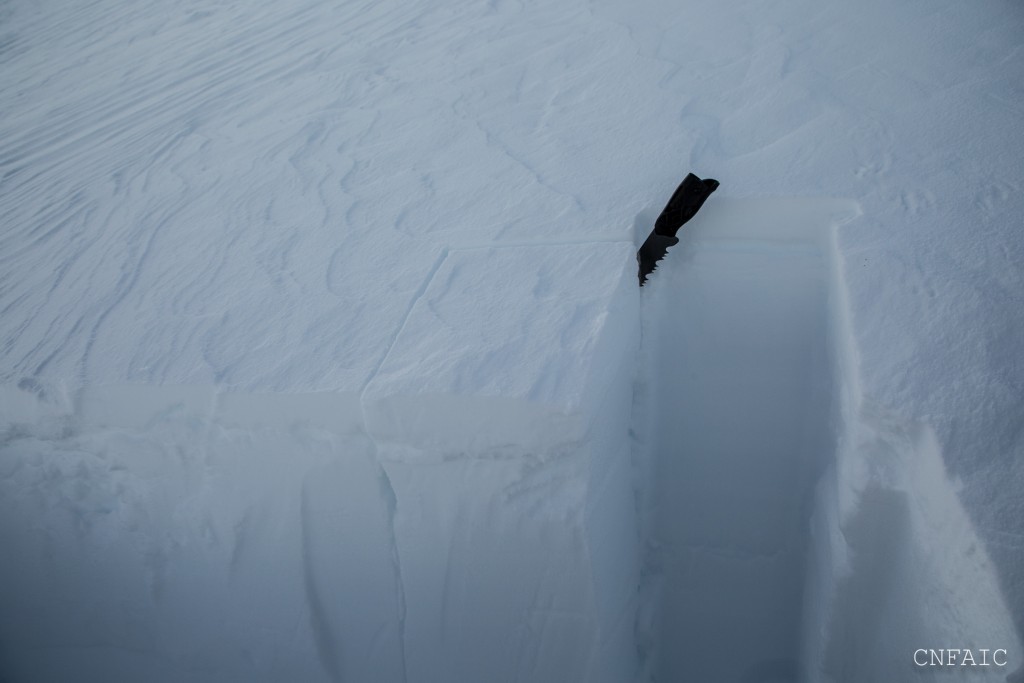Turnagain Pass
|
|
The avalanche danger could rise to CONSIDERABLE in the Alpine (above 2,500′) where triggering a fresh wind slab will be likely should sustained winds reach 30mph today. There also remains a possibility of triggering a more stubborn, and more dangerous avalanche 2-3′ deep on all aspects above 2000′. Today’s winds are also expected to be adding stress to cornices. Cautious route-finding and conservative decision making will be essential.
The avalanche danger in the tree line zone (1000′-2500′) is MODERATE where triggering a fresh wind slab on steep features will be possible.
Below 1,000′ the avalanche danger is LOW where triggering an avalanche will be unlikely.
In Summit Lake, Girdwood, and on the southern end of Turnagain near Johnson Pass triggering a deeper more dangerous avalanche near the ground is still possible, but will be hard to trigger. Check out the Saturday Summit Summary HERE.
Friends of the Chugach National Forest Avalanche Center is an official Pick. Click. Give. organization. When you apply for your PFD please considering supporting your public avalanche center!!


